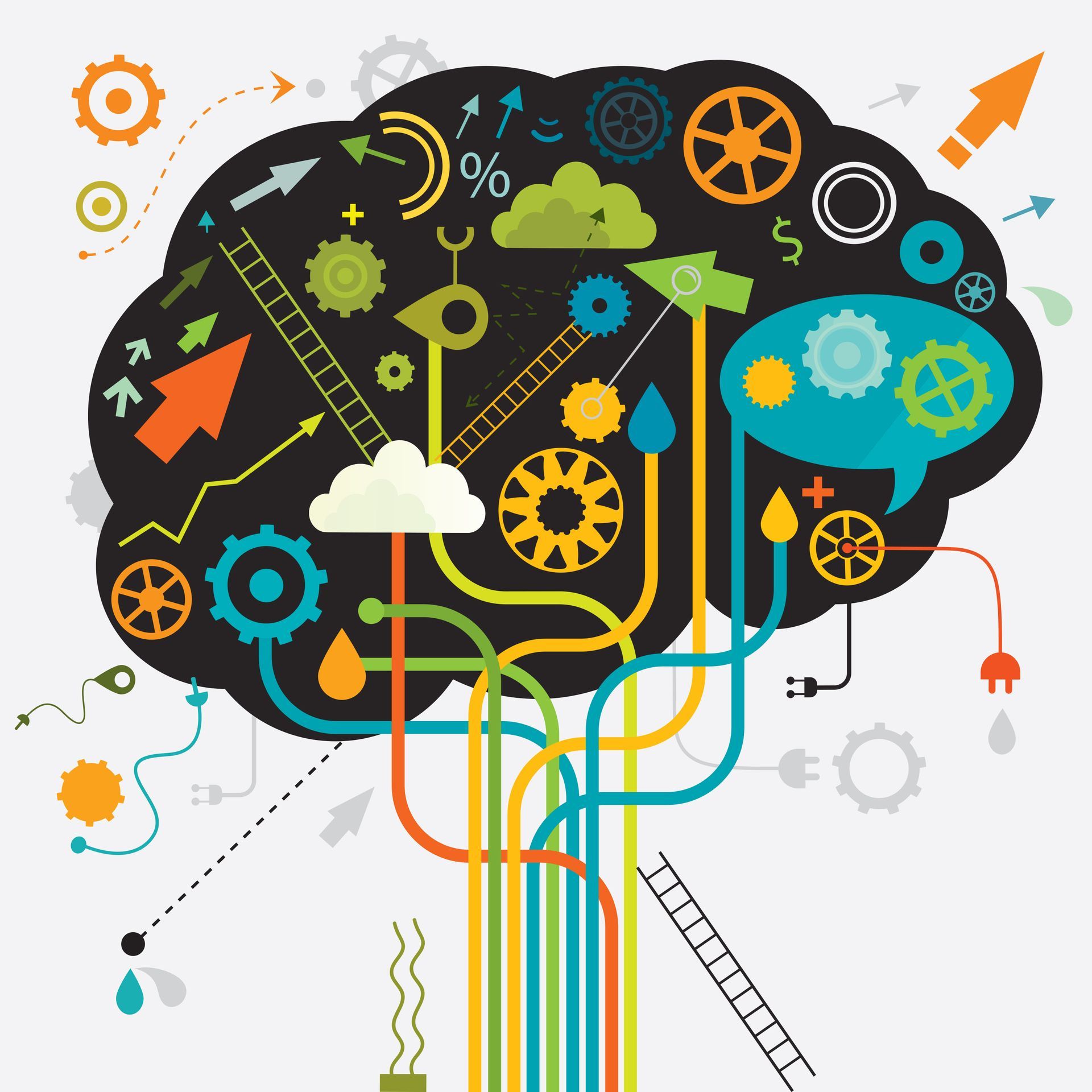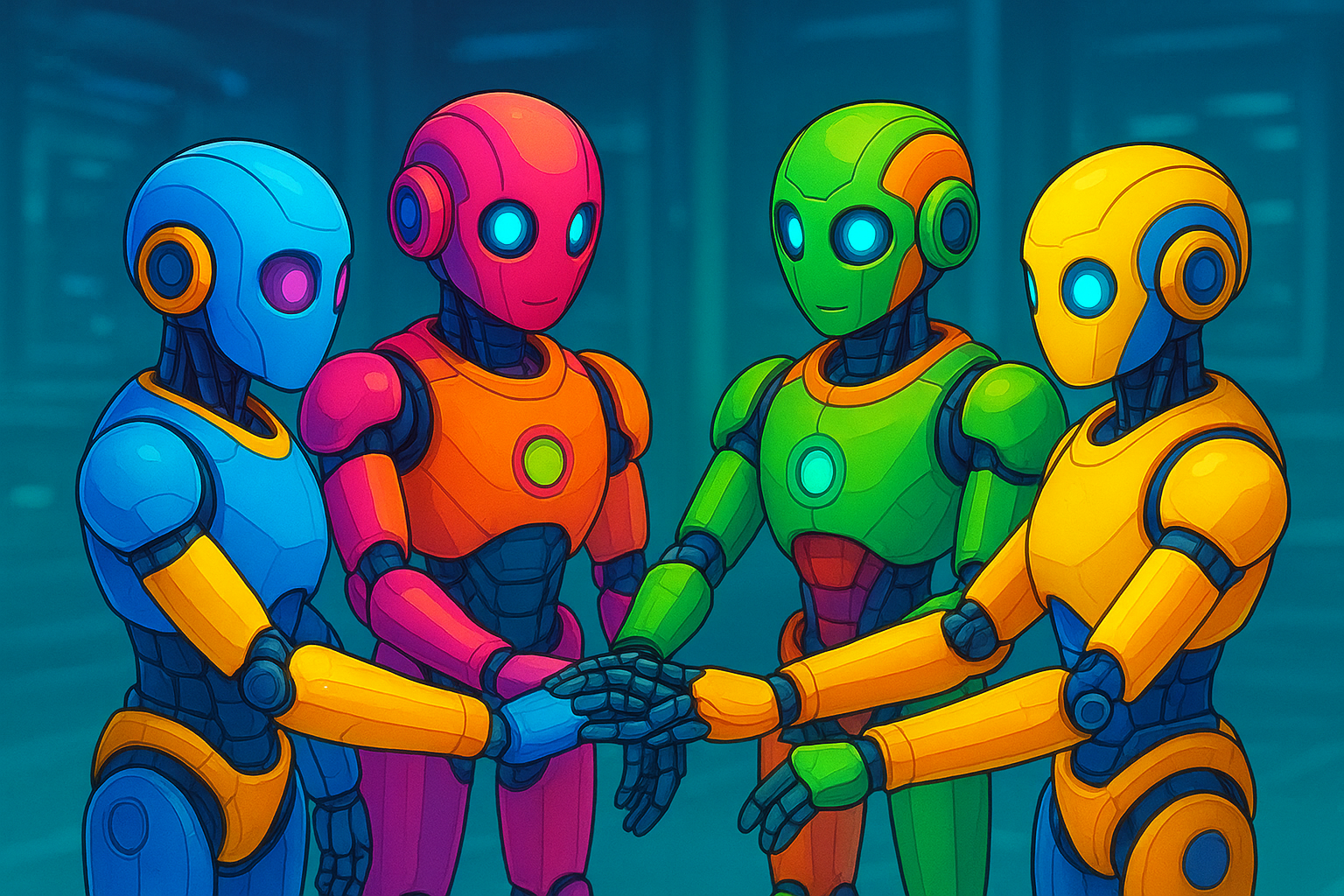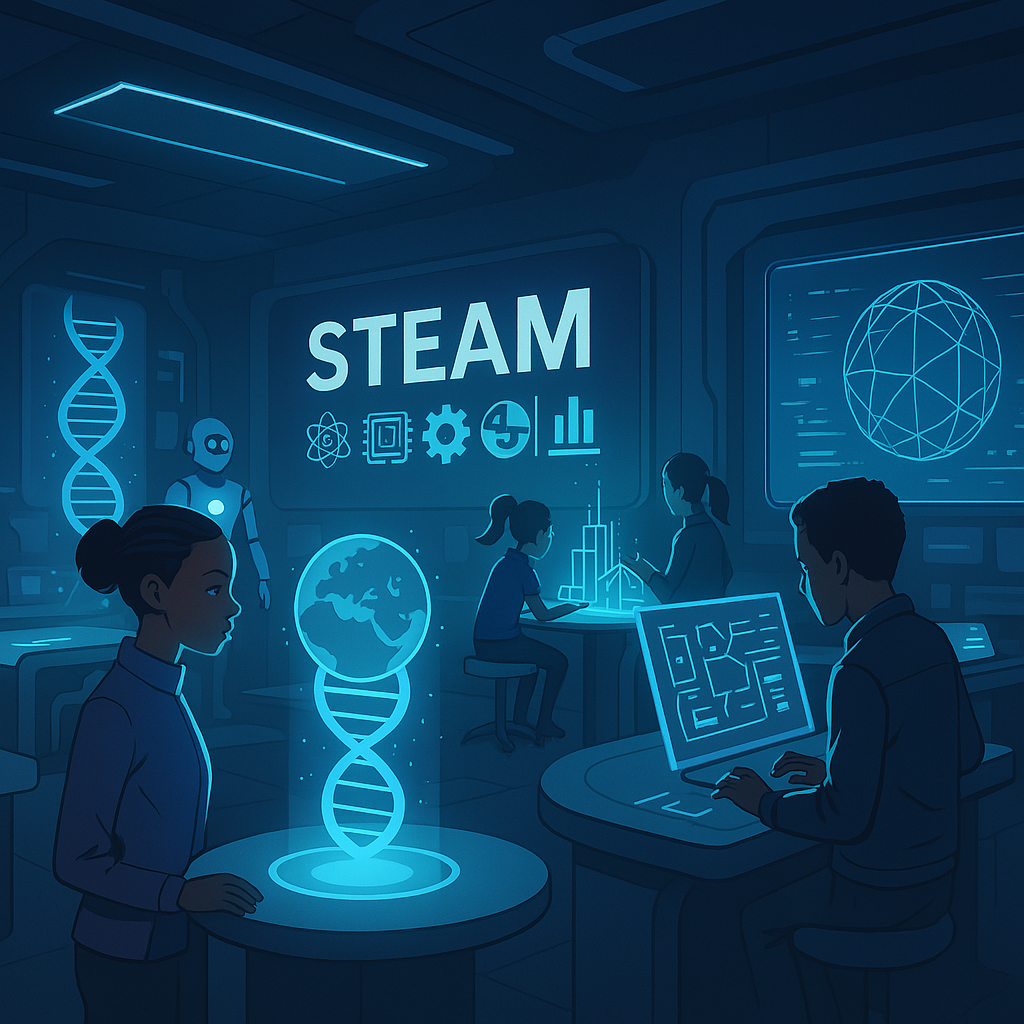Let’s Talk About It Tuesdays: How STEAM Education Can Boost Mental Health
STEAM Education Can Boost Mental Health Here's How:

In recent years, mental health has become a growing concern, especially among students and young adults. STEAM (Science, Technology, Engineering, Arts, and Mathematics) education offers a surprising but powerful avenue for fostering mental well-being alongside academic success and I’m gonna tell you in 5 ways how it does exactly that.
1. Encouraging Creative Expression through the Arts
The "A" in STEAM—Arts—plays a pivotal role in mental health by encouraging self-expression. A lot of children in today's society have little, to no outlet when going through hard life circumstances. Nine times out of ten there’s no one to talk to and if there is someone to talk to, a level of safety and comfortability has to be in place, in which there is an immense lack of. Whether it’s creating digital art, music, or designing projects, students can find an outlet creatively to process their emotions, reduce stress, learn to regulate, and overall use this as a healthy tool to cope during hard times.
2. Building Problem-Solving Skills for Resilience
STEAM challenges students to think critically and solve complex problems. Developing these kinds of skills are heavily significant to learn for the everyday work of life. Developing these skills equips individuals to tackle real-life challenges with confidence in return reduces feelings of helplessness and anxiety.
3. Promoting Mindfulness Through Hands-On Learning
Hands-on activities like coding, robotics, app development, game development, drones, and engineering design can be not only educational and interactive but meditative as well. These projects encourage focus, patience and present opportunities for students to practice mindfulness, improving their ability to stay present and calm.
4. Creating Community and Connection
STEAM programs often involve teamwork—whether building a robot, brainstorming for a design project or putting all members' brains together to create an app idea. This collaborative environment fosters a sense of belonging and building healthy relationships and connection, which is critical for mental well-being.
5. Empowering Students with a Sense of Purpose
STEAM education connects academic learning to real-world applications such as designing sustainable energy solutions, developing medical devices, creating apps for social impact, producing educational video games, building AI-powered tools, and using data science to address societal challenges. This sense of purpose can help students find meaning in their life and their work to ultimately feel more optimistic about their futures.
Conclusion
Incorporating STEAM into education isn't just about preparing students for the workforce—it's about nurturing the whole individual. By blending creativity, problem-solving, and collaboration, STEAM education equips students with the tools necessary for them to thrive, and strive for greatness in their careers along with both mentally and emotionally as well.














